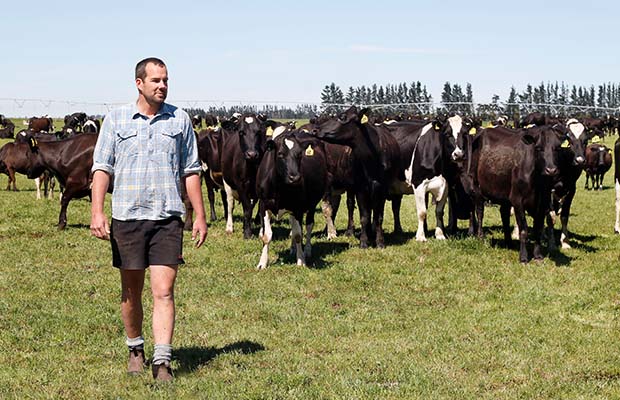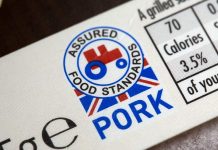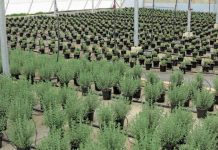Deeper and longer-lasting cuts to nitrate use are on the cards for farmers and lifestylers near Christchurch.
Nitrate levels at some Canterbury Regional Council monitoring sites in Waimakariri are far worse than envisaged and existing plans and regulations don’t go far enough, Waimakariri Catchment Zone committee deputy chairman Grant Edge says.
The council routinely collects groundwater samples from about 300 long-term monitoring wells sampled annually across the region, including about 30 wells in the Waimakariri zone.
The spring-fed Silverstream near Kaiapoi at 9.4mg/litre of nitrate-nitrogen is nearing the maximum allowed level of 11.3mg/l.
Any level higher than that is considered unsafe to drink and levels at 8mg/l are similar in public wells in the rural-residential lifestyle belt at Ohoka and 9mg/l at a more rural monitoring site inland near Cust.
The official precautionary limit for nitrate concentrations is 5.56mg/l.
A staged approach beyond the existing requirements of Good Management Practice (GMP) regulations will be needed to cut nitrogen use in the district, Edge said at a packed public meeting in Kaiapoi.
Landowners on light, permeable soils will have to do more to prevent nitrogen loss while farmers on heavier land near the coast will have to trap more phosphorous and sediment.
Some farmers disputed farming’s environmental impact though others including Federated Farmers North Canterbury president Cam Henderson, a dairy farmer at Oxford, said a growing number of farmers accept the part they have to play.
A big question was how fast farming should be expected to cut the intensity of its nitrogen use and to adapt to other new policy.
It is important to get the balance right as going too fast could be catastrophic economically and going too slow could be disastrous environmentally, Edge said.
The meeting heard a major issue for farmers on more intensively-run properties is likely to be limits for nitrogen loss on winter grazing. The district’s proposed Plan Change 5, now being appealled, allows some winter grazing without an audited Farm Environmental Plan or a nitrate limit.
Examples of farming within GMP include replacing fodder beet with kale in winter, culling earlier, using low-nitrogen autumn feed supplements, off-paddock infrastructure and reducing stocking rates.
Dairy and beef farmers and dairy-support operators can be expected to cut nitrogen losses by up to 25% more than existing GMP levels by 2020 or 2025, depending on regional council policy expected to be adopted later this year.
Arable, sheep and deer farmers will be expected to cut an extra 10%.
A zone committee handout signalled further cuts of 15% a decade might be needed until 2060, depending on how much improvement needs to be made in the receiving environment.
Farmers, authorities and community groups will keep working on enhancement projects, water and soil monitoring, nitrate reduction pilot projects and incentives for improved practices over that time, the meeting heard.
Nitrate concentrations are variable in private wells across Waimakariri but at times the readings are higher than standard for about 40% of wells less than 50m deep.
“Increases in wells are likely to occur over several decades (and) significantly longer in deep wells towards the coast,” a zone committee handout said.
Health-wise, Waimakariri is easily within the drinking water standard but overall nitrate concentrations are rising, zone committee and council staff said.
Nitrate concentrations show increases in many community wells but it is very unlikely they will exceed the drinking standard though a recent council study confirmed some higher-nitrate water will find its way into the Christchurch water supply.
ECan concluded increases in nitrate concentration in city aquifers from land use activity in the Waimakariri zone will occur over 50-100 years. The concentrations are not predicted to go higher than the minimum safety standard, it found.





